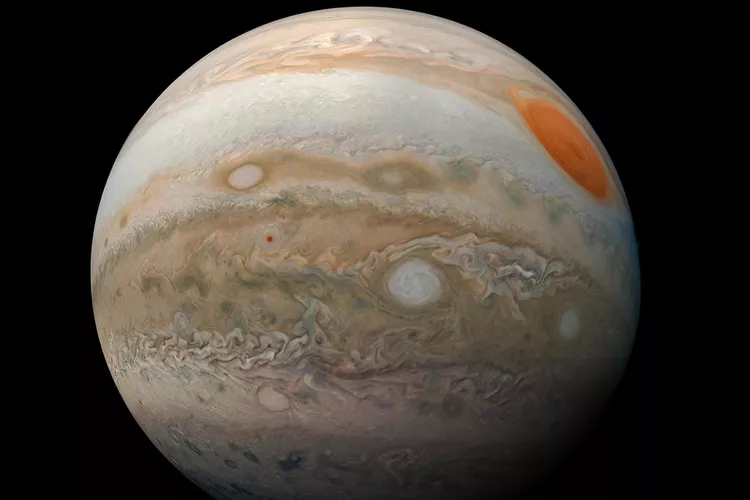Summary
Understanding Jupiter’s Opposition
Stargazers, ready your telescopes. Jupiter is about to reach opposition tonight, and this year’s edition of the celestial event is a particularly special one.
A planet’s opposition occurs when it appears opposite to the sun from the perspective of Earth. So in the case of Jupiter on Monday night, the planet will rise in the east as the sun sets in the west, separated by 180 degrees. (In other words, Earth is passing right in between Jupiter and the sun).
Jupiter’s Proximity to Earth
Jupiter’s opposition happens every 13 months, so it’s not a particularly rare occurrence. However, this year’s opposition coincides with Jupiter’s perihelion, or the point in its orbit at which it’s closest to the sun. Consequently, Jupiter is just 367 million miles away from Earth — the closest it’s been to us since 1963, according to NASA.
That may seem like a far distance, but considering Jupiter can be up to 600 million miles away from Earth, the planet is considerably close tonight.
How to View Jupiter
To see Jupiter, simply go outside anytime from sunset to sunrise, and it should appear somewhere in the night sky. You can check out the Old Farmer’s Almanac’s Planets Visible Tonight calculator to determine the exact time Jupiter will rise and set in your location. Per EarthSky, it will be brighter than any other star in the night sky, making it fairly easy to spot — just look to the east earlier in the evening and to the west closer to sunrise. Moreover, you can use stargazing apps like Star Walk 2 or SkyView to assist you in locating the planet.
Best Equipment for Stargazing
As for getting a good look at Jupiter, while you can view the planet with the naked eye, using binoculars or telescopes will reveal more details, such as its red-and-white stripes, the Great Red Spot, and its largest moons.
“With good binoculars, the banding (at least the central band) and three or four of the Galilean satellites (moons) should be visible,” said Adam Kobelski, a research astrophysicist at NASA’s Marshall Space Flight Center. “It’s important to remember that Galileo observed these moons with 17th-century optics. One of the key needs will be a stable mount for whatever system you use.”
Viewing Conditions
And if the weather isn’t cooperative tonight, do not worry — Jupiter will remain very big and bright for the next few days, enabling you to enjoy the view when the skies clear up.




